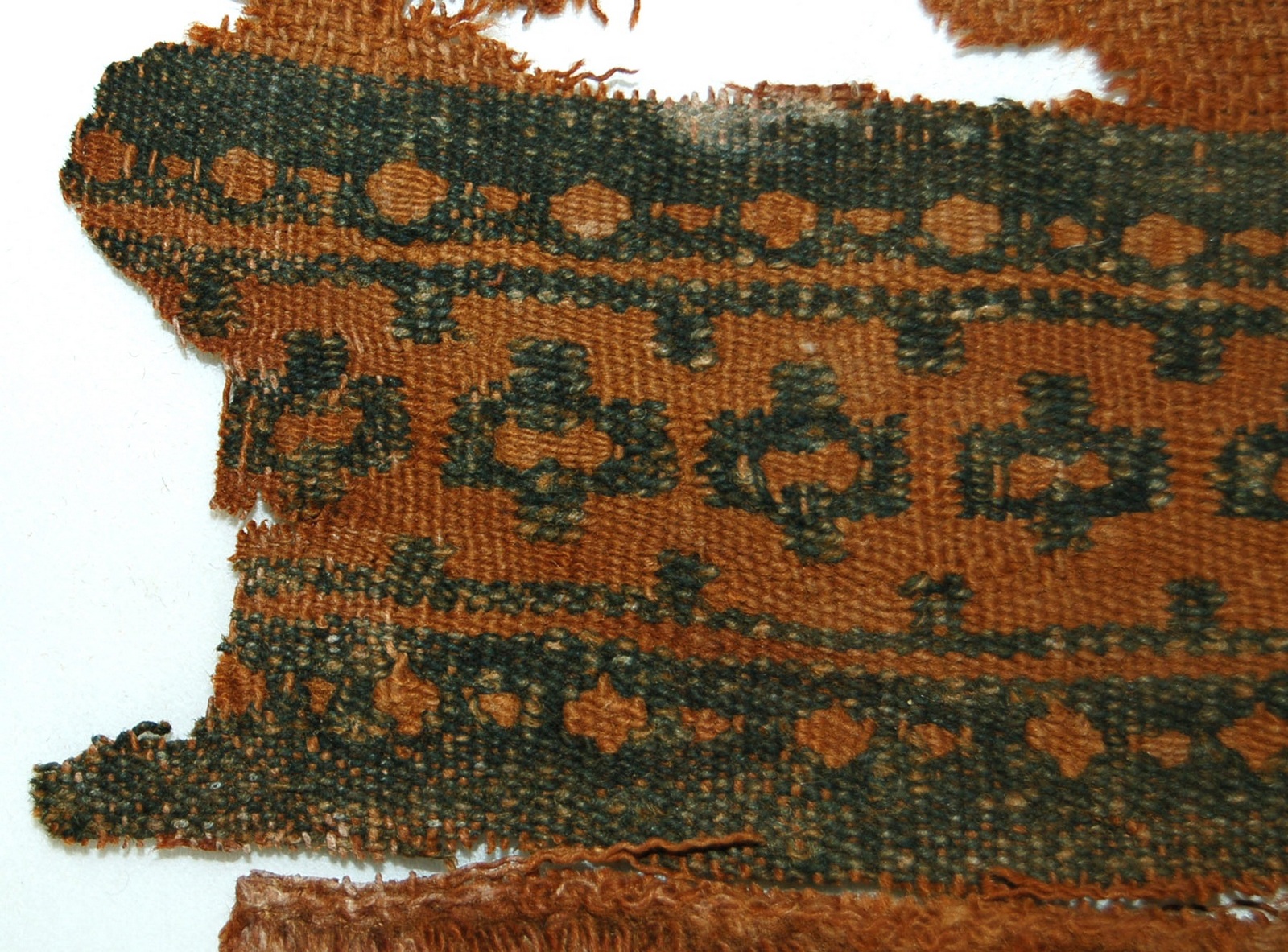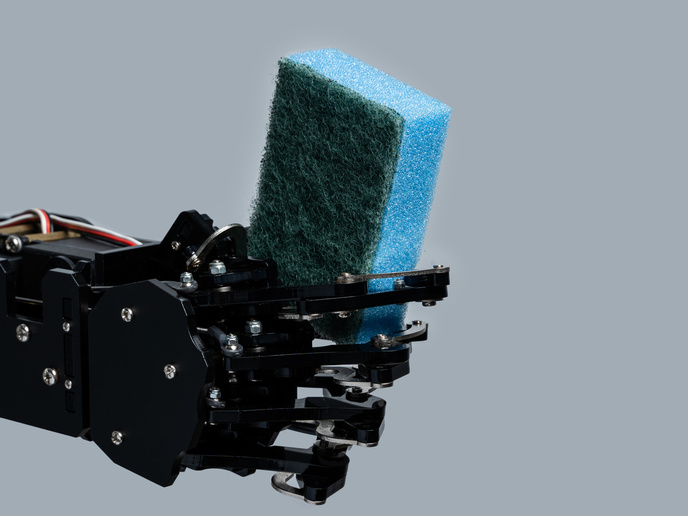Textiles could answer big questions about lost civilisations
Around 200 km from the Sudanese capital, Khartoum, the remains of Meroe stand in the desert – a collection of nearly 200 ancient pyramids. These tall, slender structures as well as the impressive displays of royal power on the walls of Meroe’s temples are some of the few remnants of the history of this wealthy city, which served as the seat of power of the Nubian kingdom of Kush. Most aspects of Meroe’s history still remain in the shadows. “Our goal was to use textiles and clothing as a ‘key’ to unlock new information on the ancient Sudanese and Nubian societies,” notes Marie-Louise Nosch, coordinator of TexMeroe, funded under a Marie Skłodowska-Curie Actions Individual Fellowship. TexMeroe focused on the Meroitic and post-Meroitic periods (from 350 BCE to 550 CE) – periods of great transformation as they saw the political organisation of the kingdom in the Middle Nile Valley changing from an Antique to an Early Medieval state. “The dry sands of Sudan and Nubia offer favourable conditions for the preservation of organic materials. Thousands of textiles and tools have been unearthed on funerary and settlement archaeological sites, offering a particularly rich context for textile archaeology,” adds archaeological expert Elsa Yvanez.
Light and fleeting remnants of the past teaching history
Textile artefacts are powerful tools that help reveal prominent, yet seldom recognised, aspects of past economies and deeply embedded social and cultural behaviours. A single piece of textile can represent an interwoven network of information on craft, agriculture, economic systems, trade, fashion, power structures, cultural identity, ethnicity, gender and social belonging. Despite their potentially fragile and unappealing appearance, “ancient textiles are a truly fantastic gateway to the diversity and complexity of past societies. Archaeologists need only pull a thread to unravel entire sides of history – sides that are not fixed to bricks and monuments, but are very close to the people, projecting their identity,” explains Yvanez. “Deemed unimportant, textiles remained ‘a female affair’, associated with needlework and ‘frivolous fashion concerns’. Textile production can thus document a side of the economy that has long been downplayed or ignored.”
A focus on project activities and highlights
TexMeroe examined the whole spectrum of material development: from biochemical analyses, to weaving and clothing pattern reconstruction, to industrial and agricultural developments in towns and larger regions, all the way down to the technique and product transfer across borders. The fellow conducted detailed technical analyses on more than 200 textiles with a focus on the fibre type and spinning, thread diameter, weaving, decorative devices, cuts and sewing. The colours and dyes were investigated through high-performance liquid chromatography combined with mass spectrometry. Experimental tests increased understanding of unique openwork patterns. In partnership with excavation teams, the fellow also plotted different textile tools on a map, localising textile activities in a single site, a larger region, and the entire Meroitic territory. The study revealed patterns of textile production within the kingdom and different modes of industrial organisation. A significant project highlight has been the identification of changing dress practices from 350 to 400 CE, especially well visible within the elite members of Nubian society. This period marked the slow disappearance of the Meroitic state and its transformation into smaller, yet powerful kingdoms.
Keywords
TexMeroe, textile, Sudan, Nubia, Meroe







